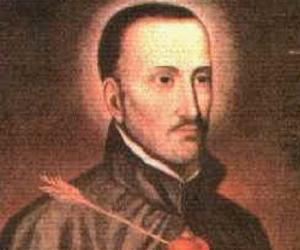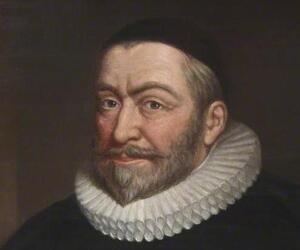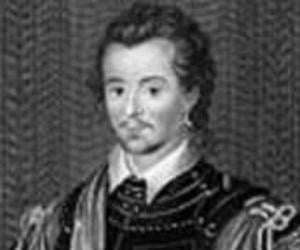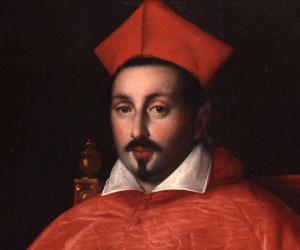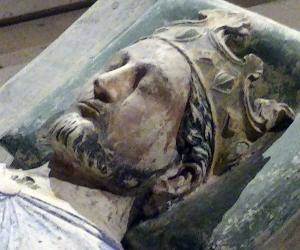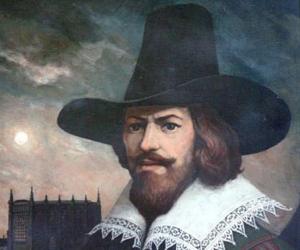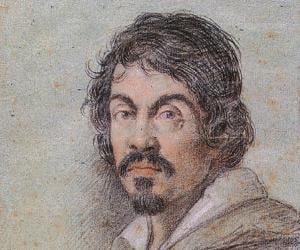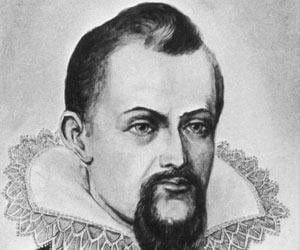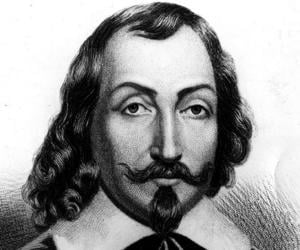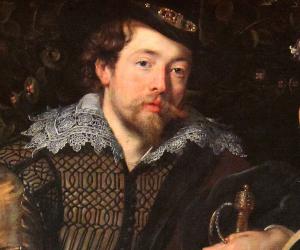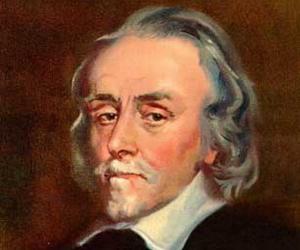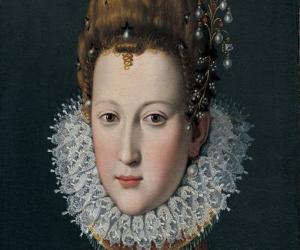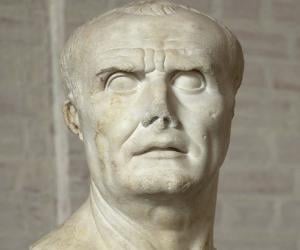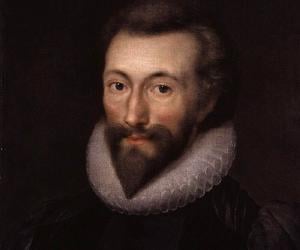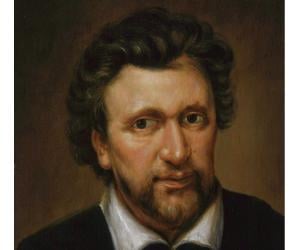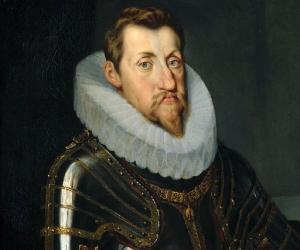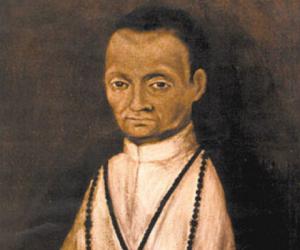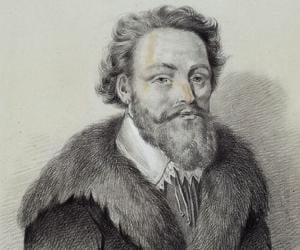Guy Fawkes was a member of an infamous group which unsuccessfully plotted the murder of King James I. The plot, which came to be known as the Gunpowder Plot, became popular and Guy Fawkes became synonymous with the plot. The failure of the plot has been commemorated as Guy Fawkes Night, during which Fawkes' effigy is burned on a bonfire.
This 17th-century German mathematician, astronomer, and astrologer is remembered for his pathbreaking work on optics. He invented a developed version of the refracting telescope. He also laid down Kepler's laws of planetary motion and wrote Astronomia Nova, Harmonices Mundi, and Epitome Astronomiae Copernicanae.
Samuel de Champlain was a French colonist, navigator, draftsman, soldier, and explorer who made between 21 and 29 trips across the Atlantic Ocean. He founded Quebec and New France and is considered an important figure in Canadian history. He is also referred to as the "Father of New France." As a businessman, he founded many trading companies.
Peter Paul Rubens is considered the most influential artist of the Flemish Baroque tradition. He lived during the Dutch Golden Age. His style of art emphasized movement, color, and sensuality. He painted altarpieces, portraits, landscapes, and history paintings and also drew cartoons for the Flemish tapestry workshops. He was a classically educated humanist scholar as well.
The first to discover the entire process of human blood circulation, physician William Harvey was a Royal College of Physicians fellow. He also served as the personal physician of James I. He later worked at the Bartholomew’s Hospital but was replaced for being a staunch monarchist.
Ferdinand II was the Holy Roman Emperor from 1619 to1637. He was a member of the House of Habsburg and the son of Archduke Charles II of Inner Austria and Maria of Bavaria. A zealous Catholic, he wanted to restore the Catholic Church as the only religion in the empire, a move that earned him the ire of Protestant groups.
Martin de Porres was a Peruvian lay brother of the Dominican Order. He was beatified in 1837 by Pope Gregory XVI. He lived an austere life and often went hungry. He abstained from meat and was said to be able to communicate with animals. He is the patron saint of mixed-race people and those who seek racial harmony.
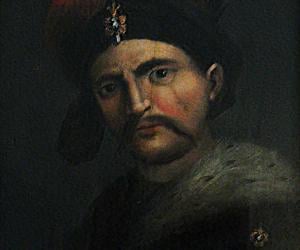
Cornelis Drebbel was a Dutch inventor and engineer credited with building the first navigable submarine. He is also credited with contributing immensely to the development of chemistry, optics, control systems, and measurement. A street called Cornelis Drebbelweg in the Netherlands has been named in his honor.
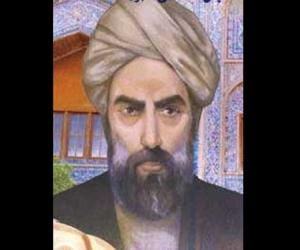
Mulla Sadra was a Persian Twelver Shi'i Islamic mystic and philosopher. He was also an Alim who led the Iranian cultural renaissance in the 17th century. He is considered one of the most influential philosophers in the Muslim world in the last four hundred years. He tried to prove the idea of Unity of Existence through his works.
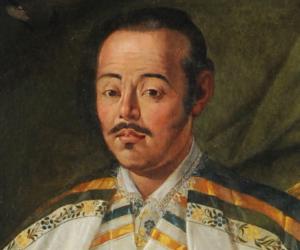
Hasekura Tsunenaga was a Japanese samurai who served under Date Masamune, the daimyō of Sendai. He is best remembered for heading a diplomatic mission called the Keichō Embassy and is regarded as the first Japanese ambassador in Spain and in the Americas. Hasekura Tsunenaga's life and career have inspired several works of art including a 1980 novel titled The Samurai.
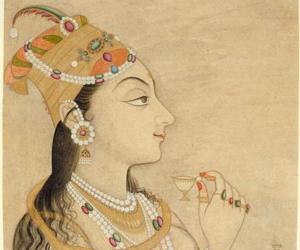
Mughal empress and the 20th wife of Emperor Jahangir, Nur Jahan is remembered for her political influence. Though nothing concrete is known about her childhood, it is known that she was initially married to Mughal official Sher Afgan Khan who died in a battle. Jahangir’s reckless lifestyle made her dominate the political scene.
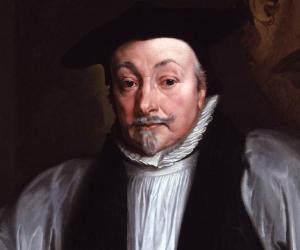
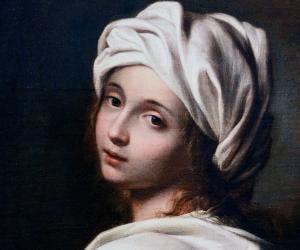

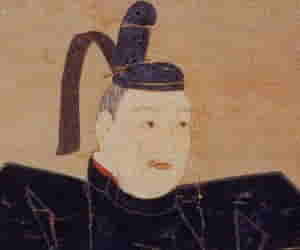
Tokugawa Hidetada was the second shōgun of the Tokugawa dynasty. Named to the shogunate by his father Tokugawa Ieyasu because of his even temper, he not only consolidated his family’s rule, but also banned Christianity and Christian literature in Japan, executing many missionaries and converts. To protect Japan from foreign influence, he also took steps to ban foreign trade.
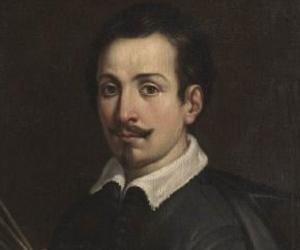
Italian Baroque painter Guido Reni was a major figure of the Bolognese School. His subjects were predominantly mythological and religious figures. Initially inspired by Annibale Carracci, he later deviated to lighter colors and free brushwork. His iconic works include the fresco Aurora and the composition Atalanta and Hippomenes.
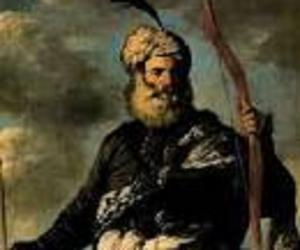
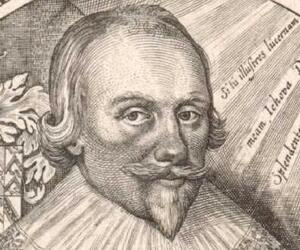
Best remembered for his study of occult philosophy, Robert Fludd, the son of English diplomat Sir Thomas Fludd, was also a physician. However, he was criticized for being a medical professional who believed in magic and defended Rosicrucianism. His other interests included cosmology, astrology, and Freemasonry.
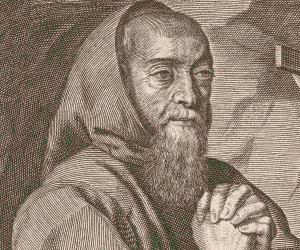
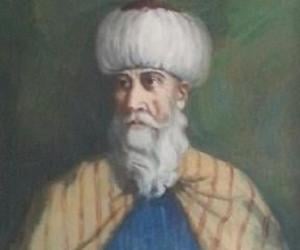
Regarded as the father of modern Lebanon, Fakhr al-Din II had been the Sanjak-bey of Sidon-Beirut and Safed. He had also governed Baalbek and Tripoli Eyalet. He was also the first to unite the Druze and Maronite districts of Lebanon. He was eventually executed by the Ottomans in Constantinople.
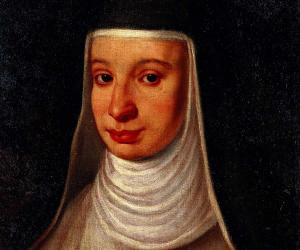
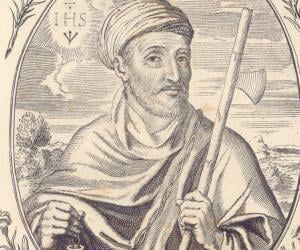

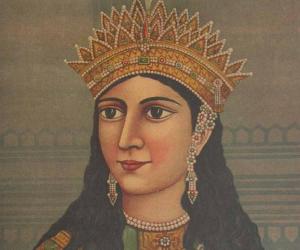
Nur Jahan was the chief consort of Mughal emperor Jahangir. She reigned as Badshah Begum of the empire from 1620 to 1627. Nur Jahan is often credited with influencing Jahangir's decisions for much of his reign. She is also remembered for her strength and courage and her skills in hunting ferocious tigers. Her life has inspired many books and movies.
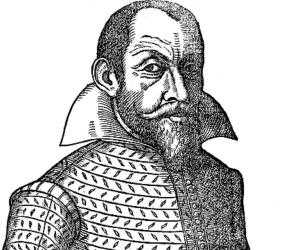
Simon Marius was a German astronomer who was one of the first observers of Jupiter's four largest moons. He was charged with plagiarism for publishing his discovery. He is now credited with naming the moons of Jupiter. Simon Marius is also remembered for being Galileo Galilei's one of foremost rivals.
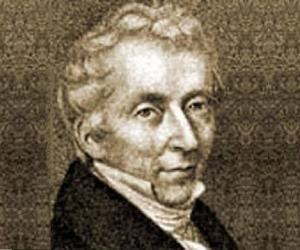
Seventeenth-century merchant Thomas Mun had been the director of the East India Company. He was the first to explain the economic theory of the balance of trade. A pioneer of mercantilism, he believed a nation’s wealth lay in its stock of gold, though such thoughts were proved flawed by later economists.
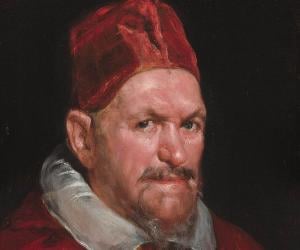
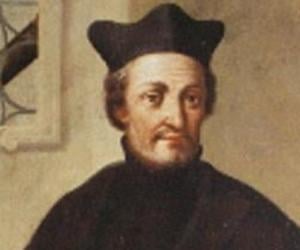
Christoph Scheiner was a Jesuit priest, astronomer, and physicist. He is credited with inventing the pantograph which he demonstrated in Munich after he was invited by Duke William V of Bavaria. Several schools and streets in Germany are named after him. A lunar crater is also named in his honor.
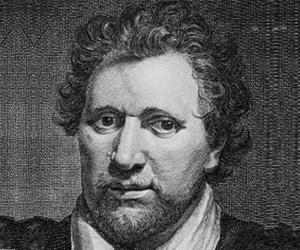
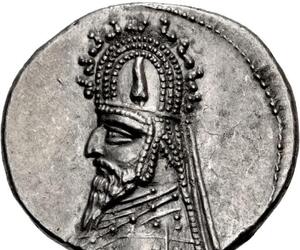

Sōtatsu is best remembered for mingling the Japanese scroll painting tradition, Yamato-e, with the screen painting of the Azuchi-Momoyama period. His works were known for their elaborate use of color, especially gold and silver. He is credited with pioneering the Rinpa school of art, along with Hon'ami Kōetsu.
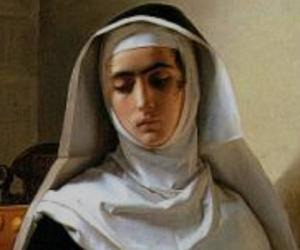
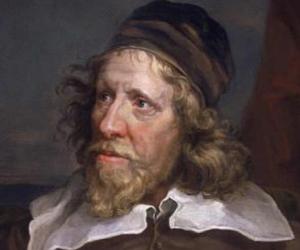
Inigo Jones was a British architect who played an important role in the early modern period. Regarded as England's first significant architect in the said period, Jones was the first person to make use of Vitruvian rules of symmetry and proportion in his buildings. He was also the first architect to introduce the architecture of the Italian Renaissance to Britain.
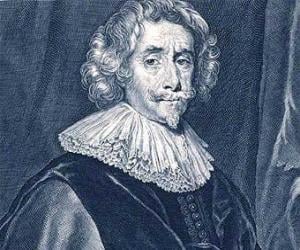
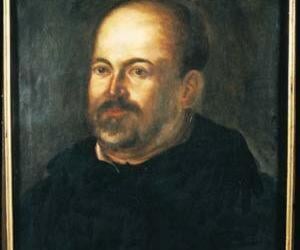
Benedetto Castelli, a Benedictine priest and a student of Galileo, later became a math professor at the University of Pisa. His On the Measurement of Water Currents is considered a fundamental work in hydraulics. He was the first to work on the principle of the barometer and sustained vacuum.
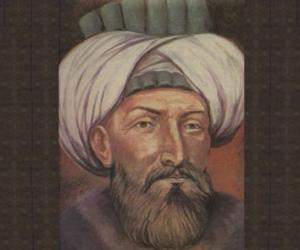
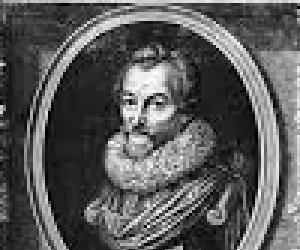
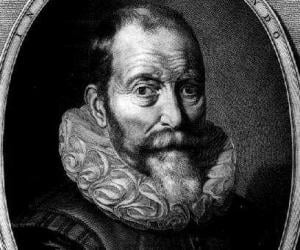
Willem Janszoon was a Dutch colonial governor and navigator who served in the Dutch East Indies in the early 1600s. He is best remembered for captaining the first recorded European landing on Australia in 1606.
